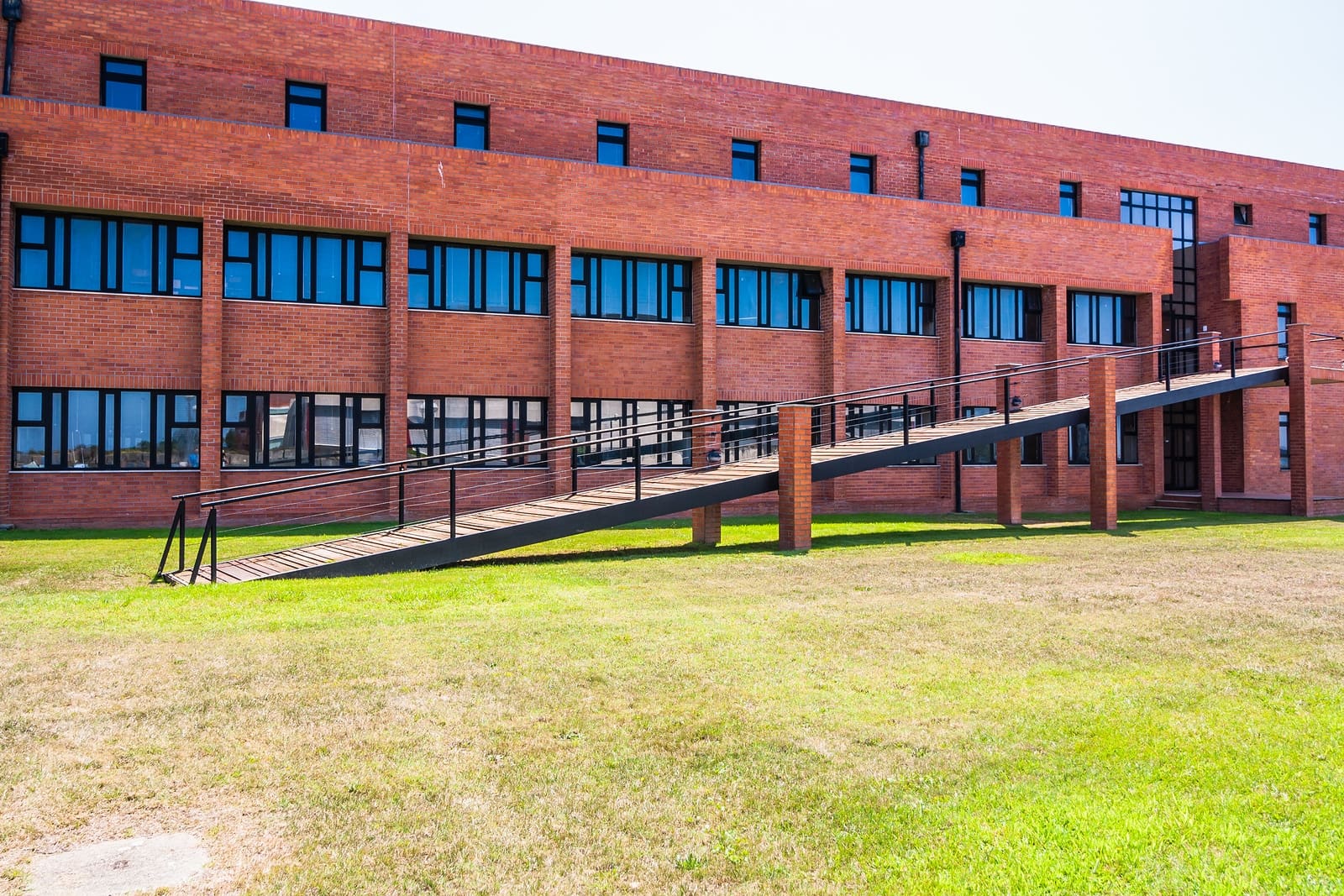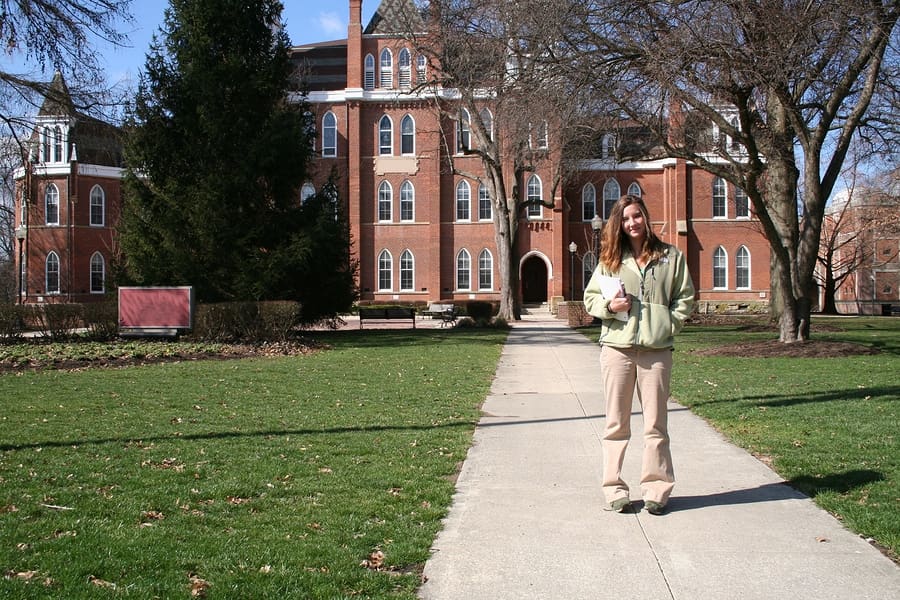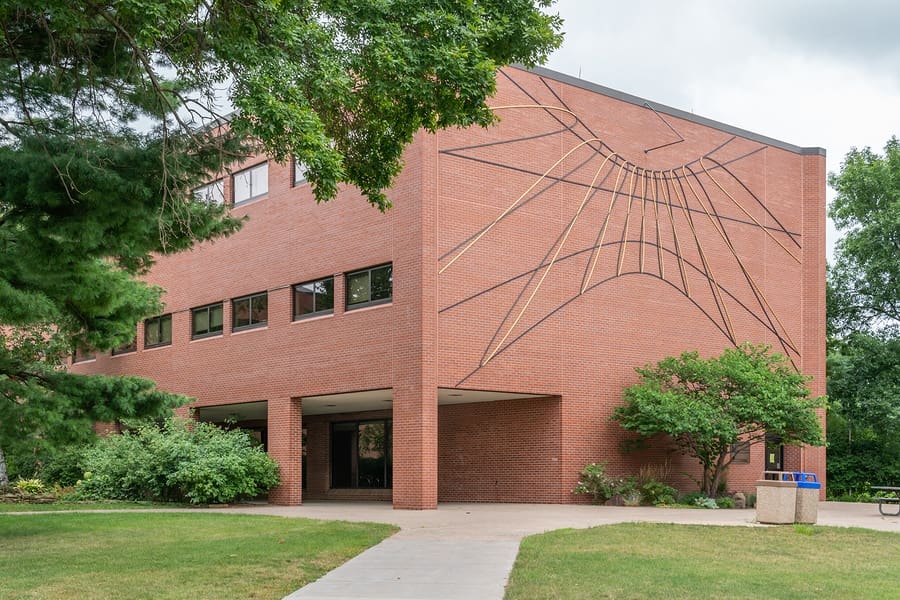It’s no surprise that higher education is expensive, no matter what your program is. If you want to become a physician assistant, for example, you could end up paying almost $180,000 in tuition annually before obtaining your credentials.
Plus, research by the Physician Assistant Education Association shows the cost of becoming a physician assistant is rising. The median in-state resident tuition at public PA programs increased by 31.2% in five years, going from $32,750 in the 2010-2011 academic year to $43,000 in the 2015-2016 academic year. The cost of private education is increasing too. From 2010 to 2014, the median in-state resident tuition for physician assistant programs at private schools increased from $67,000 to $76,110 — a 13.6% jump.
There are no signs this trend slowed in 2023. That’s why it’s important to find the most affordable physician assistant programs so you can graduate with minimal debt. Lowering the cost of your education you could potentially save you a lot of money and enable you to enter the workforce without the burden of huge student debt.
Top 10 cheapest physician assistant schools
If you’re looking to minimize the cost of your physician assistant education, these are the 10 most affordable physician assistant schools in the U.S., based on resident tuition fees.
10. CUNY York
Tuition fees (resident): $46,580.90 for seven semesters
Tuition fees (non-resident): $85,605.90 for seven semesters

9. City College New York
Tuition fees (resident): $44,379.65 for seven semesters
Tuition fees (non-resident): $72,931.65 for seven semesters

8. University of North Dakota
Tuition and fees (North Dakota or Minnesota resident): $40,808 for two years
Tuition and fees (non-resident): $61,212 for two years
7. Towson University CCBC-Essex
Tuition fees (resident): $40,758 for four years
Tuition fees (non-resident): $82,608 for four years

6. University of Texas – Medical Branch at Galveston
Tuition fees (resident): $39,688.83 for two years
Tuition fees (non-resident): $86,442.73 for two years

5. East Carolina University
Tuition fees (resident): $39,076 for seven semesters
Tuition fees (non-resident): $85,097.50 for seven semesters
4. Indiana State University
Tuition fees (resident): $38,967 for seven semesters
Tuition fees (non-resident): $76,539 for seven semesters
3. University of Texas – HS Center at San Antonio
Tuition fees (resident): $36,683 for three years
Tuition fees (non-resident): $84,212 for three years

2. University of Texas at Rio Grande Valley
Tuition fees (resident): $19,929.55 for three years
Tuition fees (non-resident): $48,889.55 for three years

1. Miami-Dade College
Tuition fees (resident): $16,885.70 for four years
Tuition fees (non-resident): $69,676.10 for four years

Why does Texas have the cheapest physician assistant schools?
Something you might notice if you’re looking into higher education in medical fields is that Texas schools tend to be the cheapest both for in-state and out-of-state tuition. Look at the above list and you’ll see that three Texas schools made the cut, two of them were in the top three cheapest physician assistant schools overall.
Why is that, exactly?
It’s not random. There’s currently a shortage of medical professionals in Texas. The state is trying to attract as many newcomers to the profession as possible. They’ve left in place a decades-old tuition cap for medical schools, which is why they’re able to offer such a competitive price compared to other states.
If you’d be willing to live in Texas, you could save a lot of money on the cost of physician assistant school.
Cheapest physician assistant schools outside of Texas
Is moving to Texas for an affordable physician assistant school not an option for you? Don’t worry.
Miami-Dade College ranks No. 1 overall, with the cost of tuition for residents coming in at $16,885,70. For non-residents, the cheapest physician assistant school outside of Texas is Indiana State University, which costs $76,539 in tuition for the entire seven-semester program.
Best online physician assistant schools
You could also choose from the growing number of online physician assistant programs. One of the benefits of an online program is that you don’t have to move, so you can eliminate travel and moving costs from your budget.
If your current city has a low cost of living, you don’t have to worry about factoring in higher rent or transportation costs in a new location. Plus, if you’re currently employed, online schooling could give you an opportunity to maintain some employment during your education.
The University of North Dakota offers a Master’s of Physician Assistant Studies that blends online coursework with practical experience at work placements in your home community. Tuition for the online degree is charged at the same rate as the in-class degree, so the total cost is estimated to be $40,808 for residents and $61,212 for non-residents.

Schools priced too high
In general, public schools will be the cheapest physician assistant schools because they received the most funding to subsidize the cost of education. Private schools tend to have much higher costs than their public school counterparts, and the benefits in this field are hard to quantify.
The University of Southern California offers a 33-month physician assistant program that costs a total of $178,109. In fact, California schools in general — both private and public — are costly when it comes to PA programs. In comparison, the PA program at Tuoro University costs approximately $138,330, and UC Davis costs approximately $123,735 for the 27-month program.
If you don’t have any grants or scholarships to subsidize that cost, you could end up graduating with a staggering amount of student debt.
Repaying physician assistant student loans
Even if you enroll in one of the cheapest physician assistant schools, you’re still looking at spending about $20,000 on tuition, if you’re lucky enough to live in a state with cheap resident tuition, or about $50,000 if you go out of state to the cheapest option.
If you have to take out student loans to cover this amount, you’re going to want to choose the smartest student loan repayment strategy for your financial situation. Here are several options you could pursue:
Income-driven repayment plans
If you’ve taken out federal student loans, enrolling in an income-driven repayment (IDR) plan is an option for you. There are four IDR plans offered by the federal government:
- Pay As You Earn (PAYE)
- Saving on a Valuable Education (SAVE), formerly called REPAYE
- Income-Based Repayment (IBR)
- Income-Contingent Repayment (ICR)
The way these plans work is that the government requires you to pay a set percentage of your discretionary income as your monthly student loan payment — typically around 5% to 20%. When you come to the end of your repayment period, you’ll be eligible for student loan forgiveness. Typical repayment periods are between 20 and 25 years, but 10-year repayment is possible if you owe less than $12,000.
Remember, if you do receive loan forgiveness, you’ll owe taxes on the forgiven amount.
Public Service Loan Forgiveness
If you’re working for a public entity such as a hospital or health clinic, you could be eligible for Public Service Loan Forgiveness (PSLF). Once you’re employed by an eligible employer, you’ll have to be on an IDR plan to qualify for PSLF.
With PSLF, you can be eligible for forgiveness within 10 years, or after 120 qualifying payments. Also, with PSLF you won’t owe taxes on the forgiven amount.
If you work for an eligible employer, PSLF could be an excellent student loan repayment strategy as you can repay your loans in half the time an IDR plan would take and you don’t have tax implications to navigate.
Refinancing your physician assistant student loan debt
Refinancing your student loans can be a good option if you find work in a high-paying job right out of school and IDR isn’t a fit for your situation.
If you have a solid income and your credit score is good, student loan refinancing could help you get a lower interest rate on a new loan. You’ll use this new loan to repay your original student loans. With the lower interest rate on the new loan, you could save thousands in interest payments over the life of the loan.
When you refinance federal loans, however, you lose benefits such as IDR, PSLF and the ability to have your loans forgiven. So, if you plan to work in a public setting and pursue PSLF, then it might be wise to hold off on refinancing your federal student loans.
| Lender Name | Lender | Offer | Learn more |
|---|---|---|---|
| Sallie Mae |
Competitive interest rates.
|
Fixed 3.49 - 15.49% APR
Variable 4.54 - 14.71% APR
|
|
| Earnest |
Check eligibility in two minutes.
|
Fixed 3.47 - 16.49% APR
Variable 4.99 - 16.85% APR
|
|
| Ascent |
Large autopay discounts.
|
Fixed 3.39 - 15.71% APR
Variable 5.01 - 15.27% APR
|
|
| College Ave |
Flexible repayment options.
|
Fixed 3.47 - 17.99% APR (1)
Variable 4.44 - 17.99% APR (1)
|




